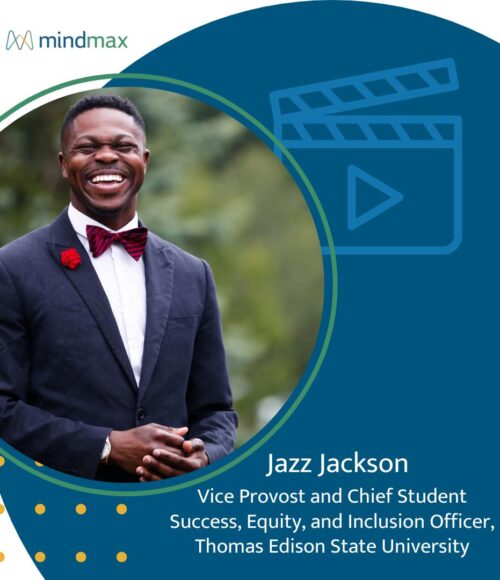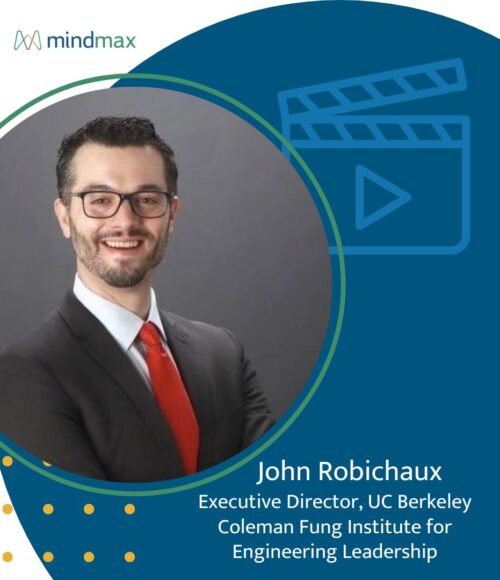The True Mark of Success for Revenue Sharing Programs in Higher Education

The True Mark of Success for Revenue Sharing Programs in Higher Education
Revenue sharing programs can be great opportunities for colleges and universities, enabling them to increase topline revenue and serve more students while offloading some of the risk onto their marketing, enrollment, or programming partner.
At first glance, the primary goal of these initiatives seems clear enough: enroll more students. But there’s more to a successful revenue share model than simply getting students in the door.
The true mark of success for a revenue share model is its ability to enroll qualified students with a high likelihood of completing the program.
When students enroll but fail to complete a program, everyone involved suffers financially. Schools lose out on anticipated revenue from continued student enrollment. Revenue share partners may find themselves overinvested financially and even underwater. Students often have loans that now need to be repaid but find themselves without the certificate that was supposed to alter their professional trajectory. Even government institutions potentially lose out: students who don’t complete their degrees are more likely to default on their loan payments.
Beyond the significant financial risks lies another troubling concern. If a student is unable to complete the curriculum they enroll in, is the school truly achieving its institutional mission? It quickly becomes clear, then, that higher education has an imperative to not only attract students into their programs but to ensure their success.
Building Revenue Sharing Programs with High Rates of Success
In the context of a revenue sharing program, the responsibility of driving toward program completion falls partially on the school and partially on their revenue-sharing partner. There are a couple of strategies that institutions and their partners can employ to enroll qualified students with a high likelihood of completing their programs.
Establishing the right program is the first piece of the puzzle. When targeting adult students, for example, you’re recruiting from a pool whose primary concern is professional development. Content that can’t be directly connected to a career pathway is unlikely to generate enough interest to justify a revenue sharing program. Although we love learning for learning’s sake (one of our core values is “Learn Always”), programs rooted in this principle rarely translate to a financially sound model in a revenue sharing context.
The structure of the program itself is another important factor. Unlike the 18-year old freshman, adult learners have many competing demands on their time and attention. Developing programs to accommodate considerations such as unconventional schedules and the need for flexibility will increase a student’s chances of successful program completion.
If you’re considering a revenue share model at your institution, the best place to start is with a discussion among key stakeholders. Here are a few questions and considerations to help you determine if a revenue share partnership makes sense for your school.
Mission: Can we reasonably align our business goals to the mission of our institution?
Market opportunities: Is there market demand for the programs we’re offering?
Technology: What technology do we have at our disposal currently, and what do we need to fill the gaps?
Processes: Do we have the resources to fulfill the promises we’re making to students?
Urgency: How urgent is our need for a revenue sharing program, and are we prepared to be all in on this type of partnership?
Marketing and Enrollment Services for Revenue Share Programs
If you’ve decided to explore a revenue share partnership for your institution, the next step is to find the right partner to build strategic marketing and enrollment strategies that target qualified students. At MindMax, we always begin with the end (program completion) in mind. Although our primary goals typically focus on increasing enrollments, our holistic approach considers the entire student journey.
By analyzing data such as program graduation rates and understanding the curriculum support available, we identify and target prospective students who are likely to not only enroll but complete their programs. We leverage our Enrollment Intelligence platform to calibrate, adjust, and improve recruiting and enrollment performance based on data-supported insights.
If you’re interested in learning more about a revenue share model for your institution, MindMax provides this option with significantly more flexibility than a standard OPM. Contact us today to find out if this solution is right for you.
Related Ideas
Jazz Jackson Wants to Help Every Student Finish What They Start

John Robichaux Wants Lifelong Learning to Drive Public Impact
